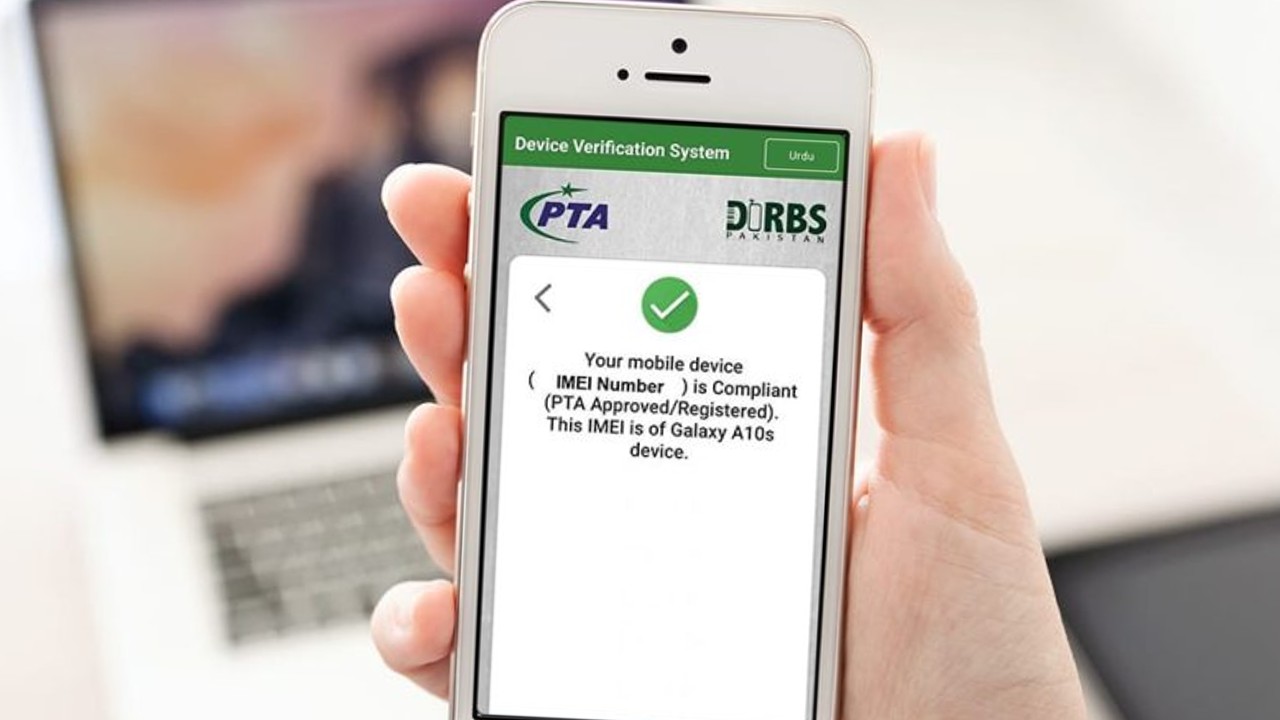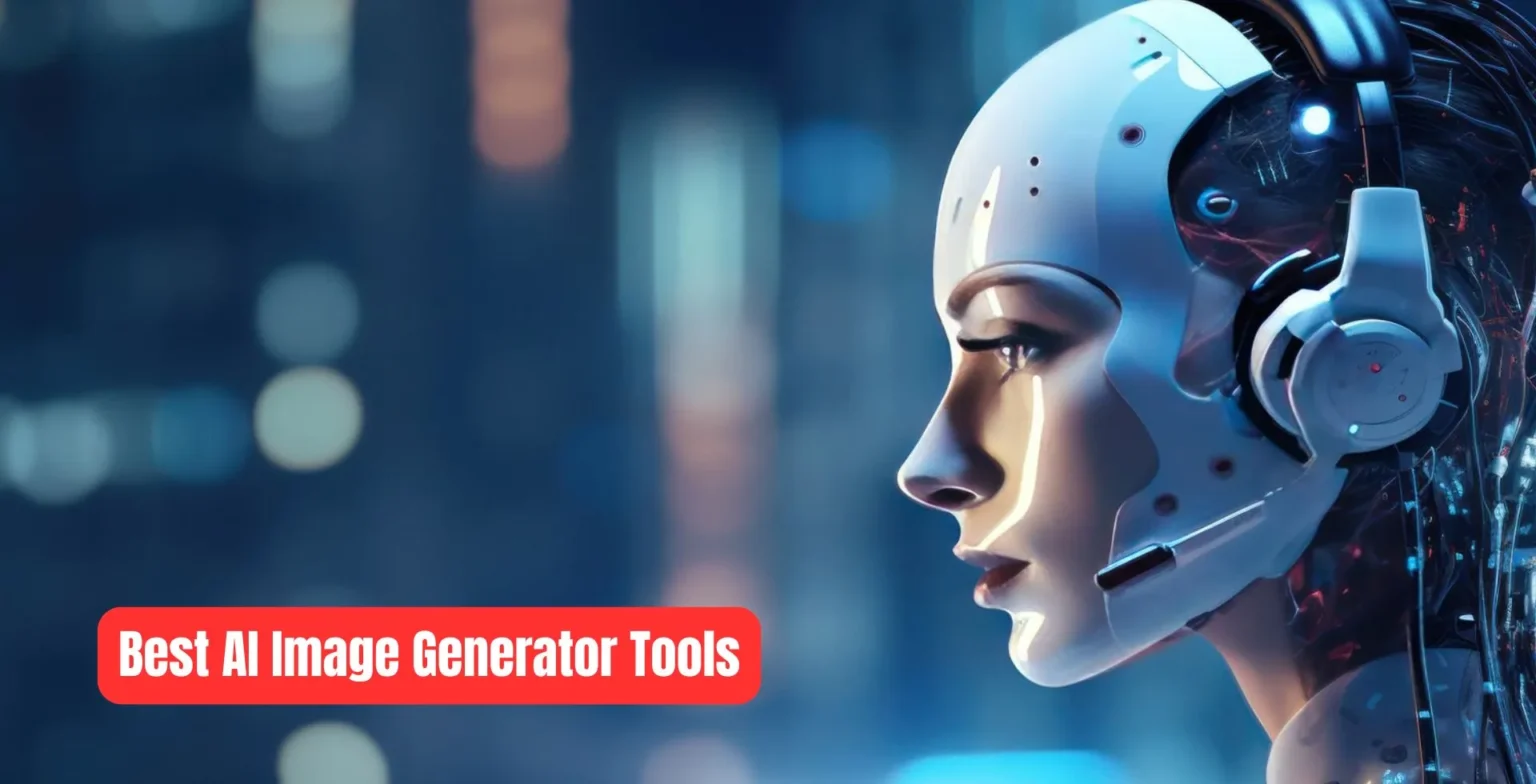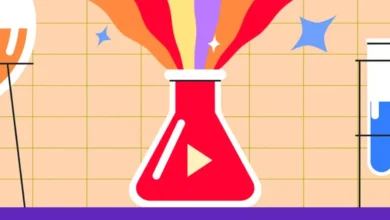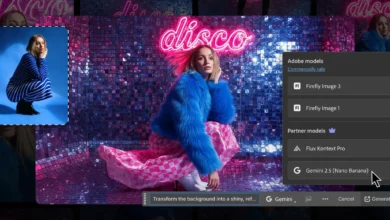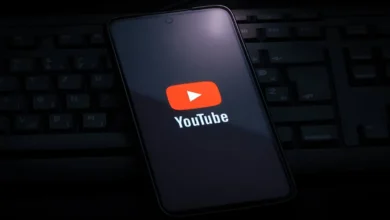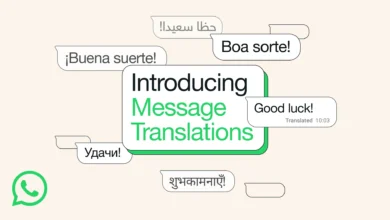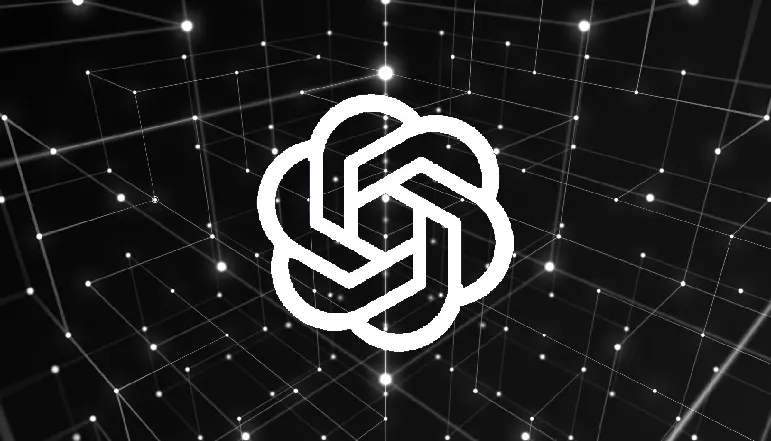
OpenAI, a leading artificial intelligence research lab, has announced the general availability of its latest text-generating model, GPT-4. This advanced model is now accessible to all existing OpenAI API developers with a history of successful payments. The company also plans to extend access to new developers by the end of the month and gradually increase availability limits based on compute availability.
Since its reveal in March, GPT-4 has been highly sought after, with millions of developers requesting access to its API. The model’s capabilities have been leveraged in a growing range of innovative products. OpenAI envisions a future where chat-based models like GPT-4 can support any use case.
GPT-4 represents a significant improvement over its predecessor, GPT-3.5. Unlike GPT-3.5, which only accepted text inputs, GPT-4 can generate text, including code, and accept both image and text inputs. It performs at a human level on various professional and academic benchmarks. Like previous GPT models, GPT-4 was trained using publicly available data, including data from public web pages and data licensed by OpenAI.
However, the image-understanding capability of GPT-4 is not yet available to all OpenAI customers. Currently, it is being tested with a single partner, Be My Eyes. OpenAI has not indicated when this feature will be made available to its wider customer base.
Despite its advancements, GPT-4 is not without flaws. It sometimes “hallucinates” facts and makes reasoning errors, occasionally with confidence. It also does not learn from its experience, failing at complex problems such as introducing security vulnerabilities into the code it generates.
OpenAI has plans to allow developers to fine-tune GPT-4 and GPT-3.5 Turbo, another of its text-generating models, with their own data. This capability is expected to be introduced later this year.
In related news, OpenAI has also announced the general availability of its DALL-E 2 and Whisper APIs, and its image-generating and speech-to-text models respectively. The company plans to deprecate older models to optimize its computing capacity. From January 4, 2024, certain older models, specifically GPT-3 and its derivatives, will no longer be available. They will be replaced with more compute-efficient “base GPT-3” models. Developers using the old models will need to manually upgrade their integrations by this date.
The competition in the generative AI field has intensified since the reveal of GPT-4. For instance, Anthropic recently expanded the context window for its flagship text-generating AI model, Claude, from 9,000 tokens to 100,000 tokens. The context window refers to the text the model considers before generating additional text.
OpenAI has committed to providing support to users who previously fine-tuned models to ensure a smooth transition. In the coming weeks, the company will reach out to developers who have recently used these older models and provide more information once the new completion models are ready for early testing.
